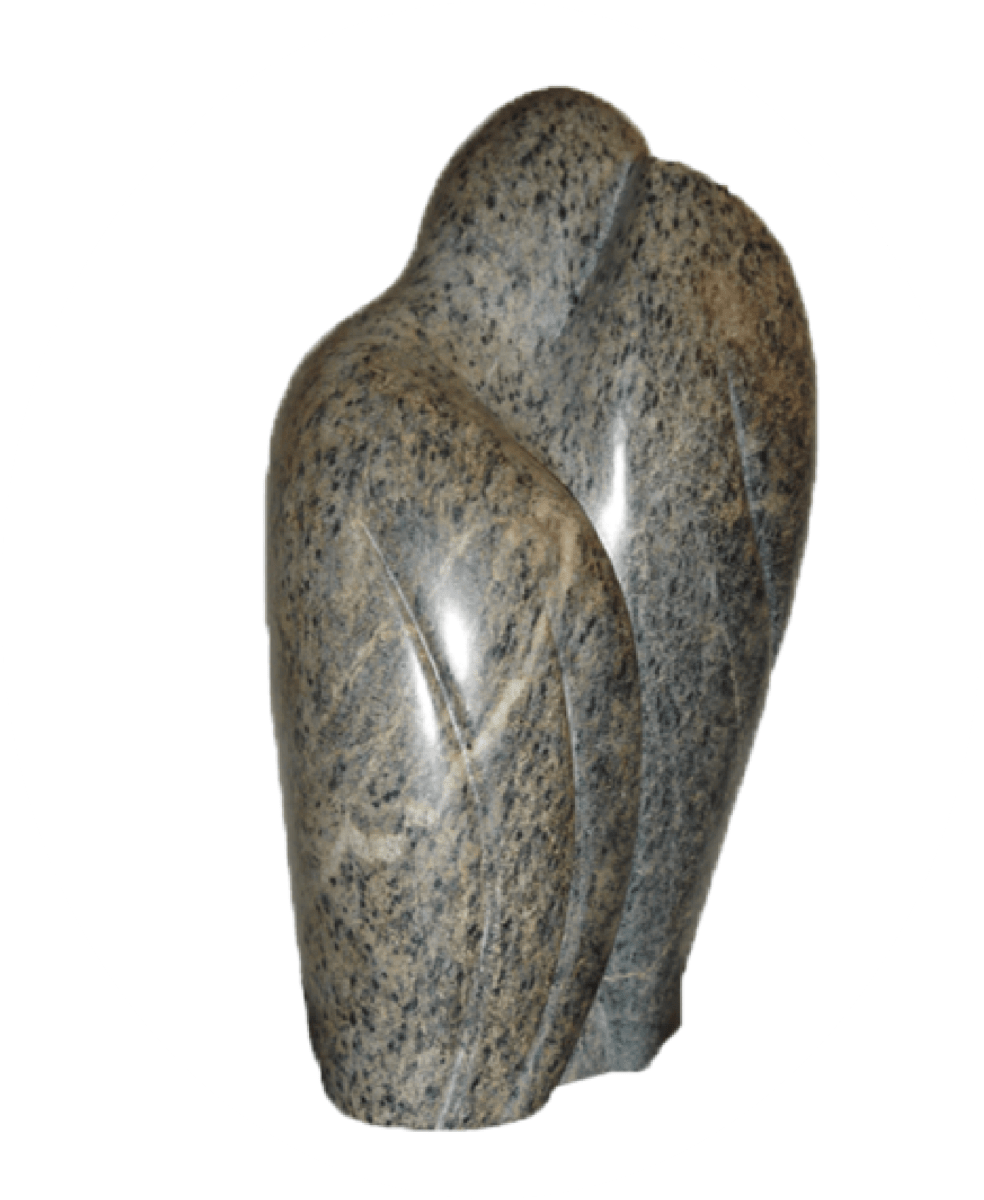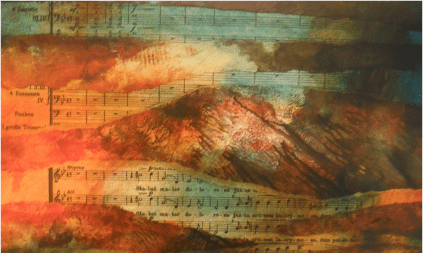Martin Lutz
About the composer
Martin Lutz was born in Denmark in 1974. From 1995 to 2003 he studied musicology, dramatics and ethnology at the Ludwig Maximilian-University in Munich and from 2011 to 2013 Sound Studies/Sonic Art at the University of the Arts in Berlin. He is a jazz oriented composer, arranger, active musician and sound artist. The focus of his work is the exploration of sound and its meaning and nature in and for the space. He is living in Copenhagen.
He is anchorman in his various jazz and crossover-like ensembles, but also a originator of music for children, music for sport and athletics and classical composer and arranger. Many years he is working as a conductor of a number of amateur and school choirs. He plays violin, piano, vibraphone and drums. His music is based on his love for simple, touching melodies regardless of genre.
Lutz creates compositions for international artists, dance companies and film productions. He realised a number of sound installations around the world such as Sound Recording and Sound Design for Fight (for) independence, Grey Cube, Goethe-Institute China, Beijing, CATCH3000 (Combattimento by Monteverdi) and the sound design for an opera production in Berlin. A fascinating overview of his versatile work can be found on Lutz’s own website.
About the Stabat Mater
| Date: | 2007 |
| Performers: | Soprano and tenor solo, mixed choir, vibraphone, oboe, cello and bassoon |
| Length: | 41.57 minutes |
| Particulars: | A Stabat Mater at greater length than Palestrina or Pergolesi. You almost forget that the story is about the dreadfull suffering and death of Jesus on the cross seen from his mother's supremely painful point of view. For me it is a “lovely” and intimate composition with the atmosphere of a more or less hushed and sad look back at what happened. But it is not a swelling Romantic piece. It moves through 17 short movements with alternating choral and solo configurations, plus a variety of instrumental accompaniment. The instrumental soloists are completely equal in portraying the story as the soprano and tenor voice and the choir. From the booklet: The composition is a succession of mood-changing tableaux where the form-creating element is a gradual tonal accumulation of repeated melodic phrases, often with a single appealing motif as an ostinato. Here one senses the roots of the music in a playful improvisational practice where the musical ideas flow easily and naturally into one another and create a gentle, organic progression |
| Textual variations: | The Analecta-version of the text has been used. Only stanza 17 is according to the Vatican version: |
| Colour bar: |
|
Information about the recording
| CD: | Martin Lutz, There is a spell upon your lips 8224727 open space DACAPO |
| More info: | Recorded in Esajas Kirke 5 February and 6, 7 and 21 April 2013. Themes of earthly and spiritual love are united on this CD. While his intimate Stabat Mater and reflective Two Marian Motets are musical settings of much-loved religious poetry, the accompanying works, some Shakespeare settings, have been devoted to earthly love in its most spellbinding form. |
| Orchestra: | Mathias Reumert (vibraphone), Mette Termansen (oboe), Adam Stadnicki (cello), Sabine Weinschenk (bassoon) |
| Choir: | Copenhagen Chamber Choir CAMERATA, a professionally working amateur choir consisting of 25 experienced singers |
| Conductor: | Martin Nagashima Toft |
| Soloists: | Ditte Højgaard Andersen (soprano) |
| Other works: | Martin Lutz: two Marian motets, Hoc est corpus, hokus pokus, There is a spell upon your lips, Two love songs, (text by Shakespeare). |
| Code: | LUT-01 |





